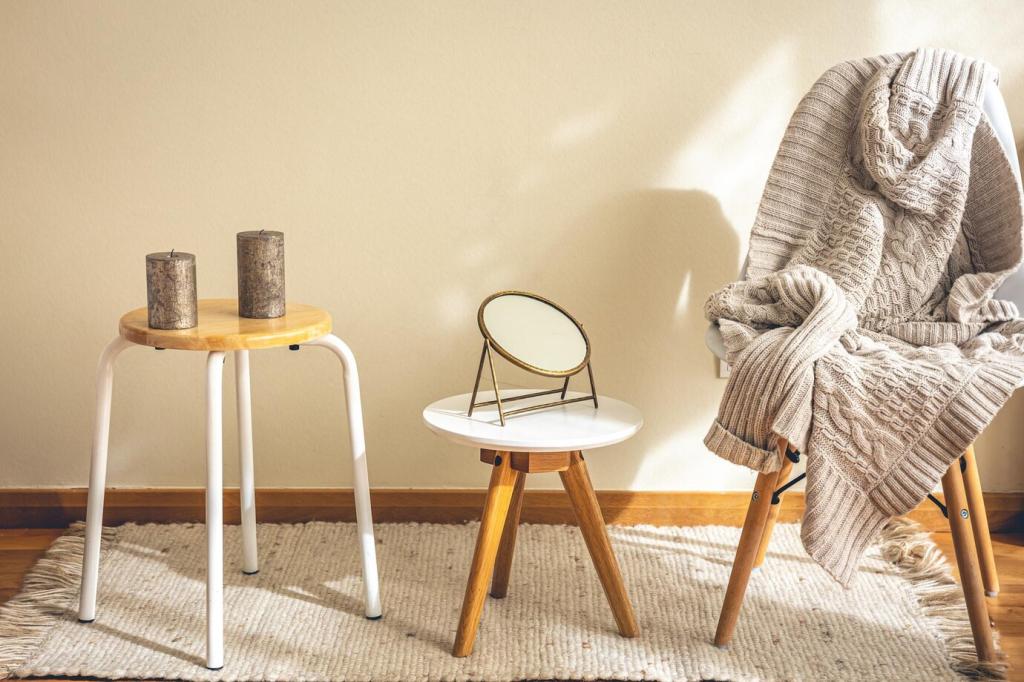Transforming Vintage Pieces with Upcycling Techniques: Make History Wearable Again
Chosen theme: Transforming Vintage Pieces with Upcycling Techniques. Step into a world where forgotten garments become statement pieces, memories are stitched into seams, and creativity keeps textiles out of landfills. Join our community, share your transformations, and subscribe for hands-on tutorials, patterns, and challenges that spark lasting, sustainable style.
Environmental Impact in Your Wardrobe
Textile waste climbs every year, yet countless quality garments already exist in closets, thrift stores, and attics. Upcycling vintage pieces extends product lifecycles, cuts demand for new materials, and reduces emissions associated with dyeing, shipping, and packaging. Your needle and thread can meaningfully shrink footprints.
Personal Style with History
A vintage jacket carries patina and stories no new garment can replicate. When you transform it, you customize silhouette, color, and details without erasing its past. The result is signature style with integrity—uniquely yours, shaped by decisions that honor its original era.
Community and Storytelling
Upcycling invites conversations: Where did that fabric come from? Whose buttons are those? Share your before-and-after photos, tag your process, and ask questions. By documenting techniques and mishaps, we help others experiment bravely and keep heirloom skills alive for the next generation of makers.
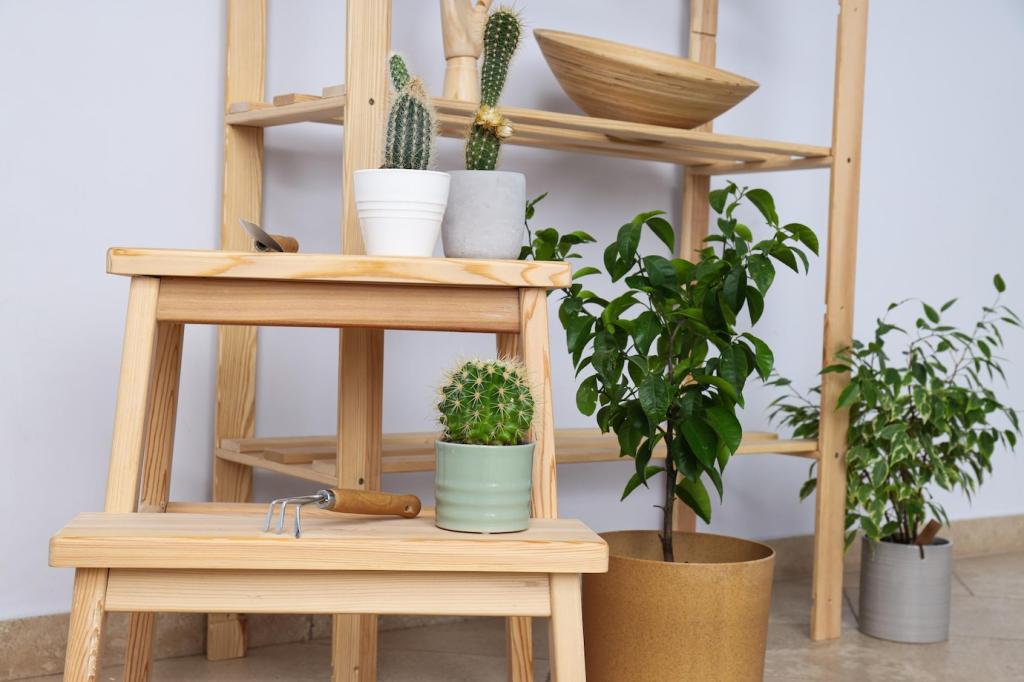
Where to Find Hidden Gems
Look beyond curated boutiques to estate sales, flea markets, costume departments, and online auctions with local pickup. Early mornings, cash on hand, and respectful negotiation help. Ask vendors about backroom stock, and remember: damaged pieces often hold the best creative opportunities.
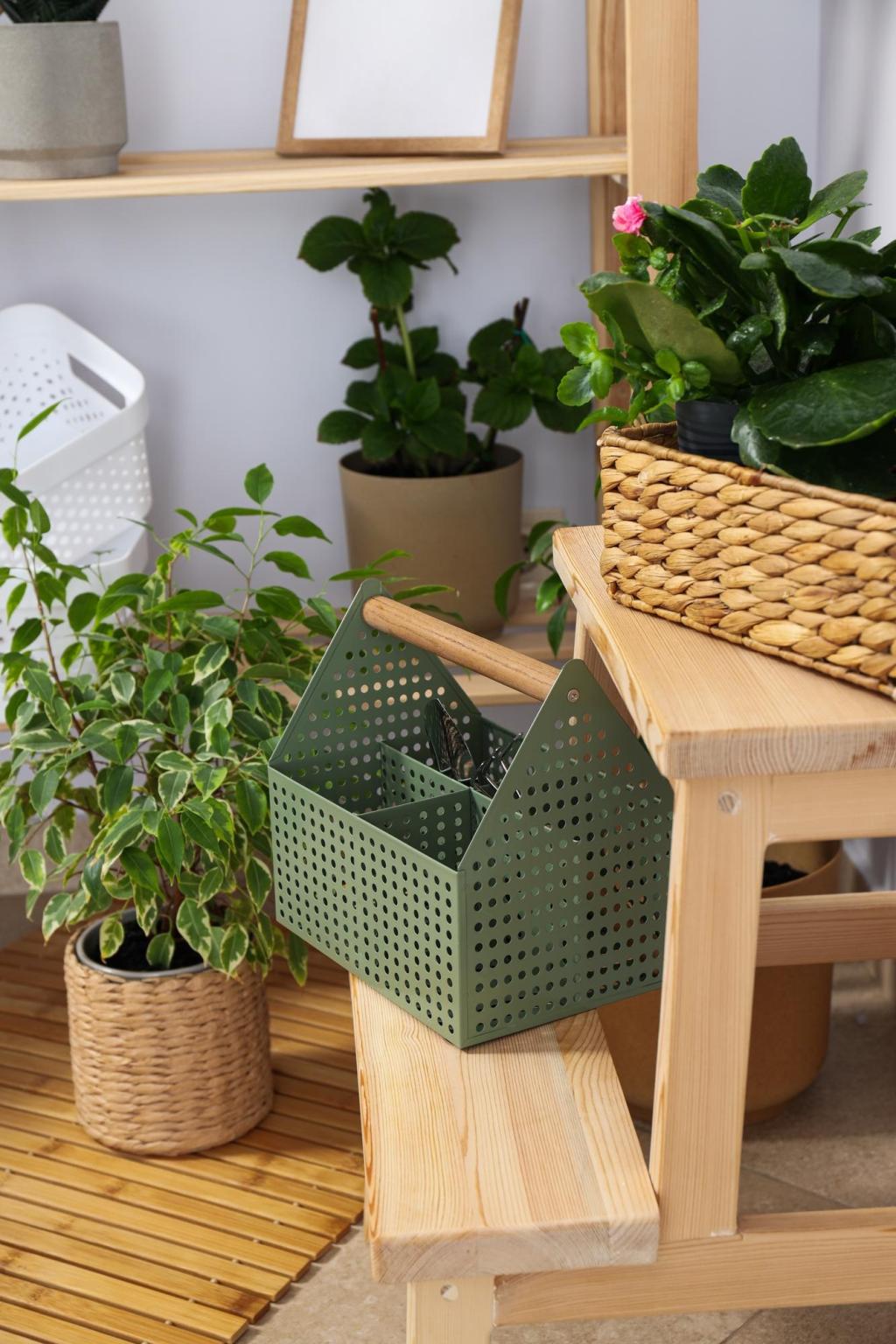
Quality Checks and Red Flags
Examine seams for dry rot, sniff for persistent odors, and tug gently at stress points. Check lining integrity, moth holes, and zipper teeth. Natural fibers upcycle beautifully, but blends can surprise you. Photograph issues to plan techniques before you even reach your sewing table.
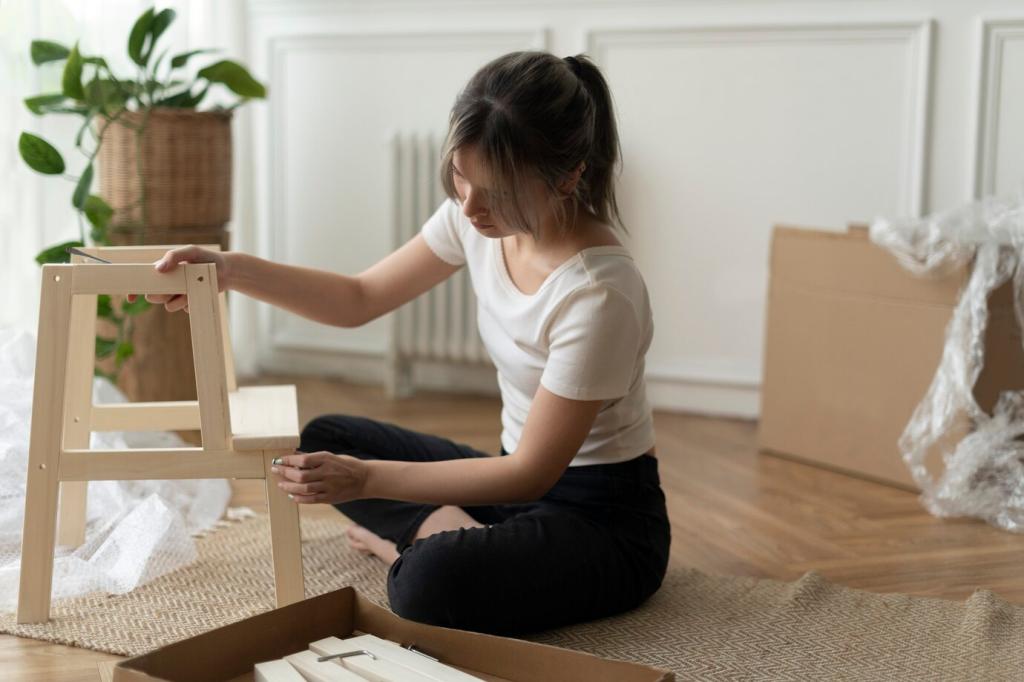
Deconstruction and Pattern Hacking
Unpick strategically, documenting order with photos and masking tape labels. Flatten pieces to trace custom patterns, then alter shoulder slopes, hemlines, and facings. This approach keeps original craftsmanship in play while giving you modern proportions and movement. Measure twice, annotate constantly, and enjoy discovery.
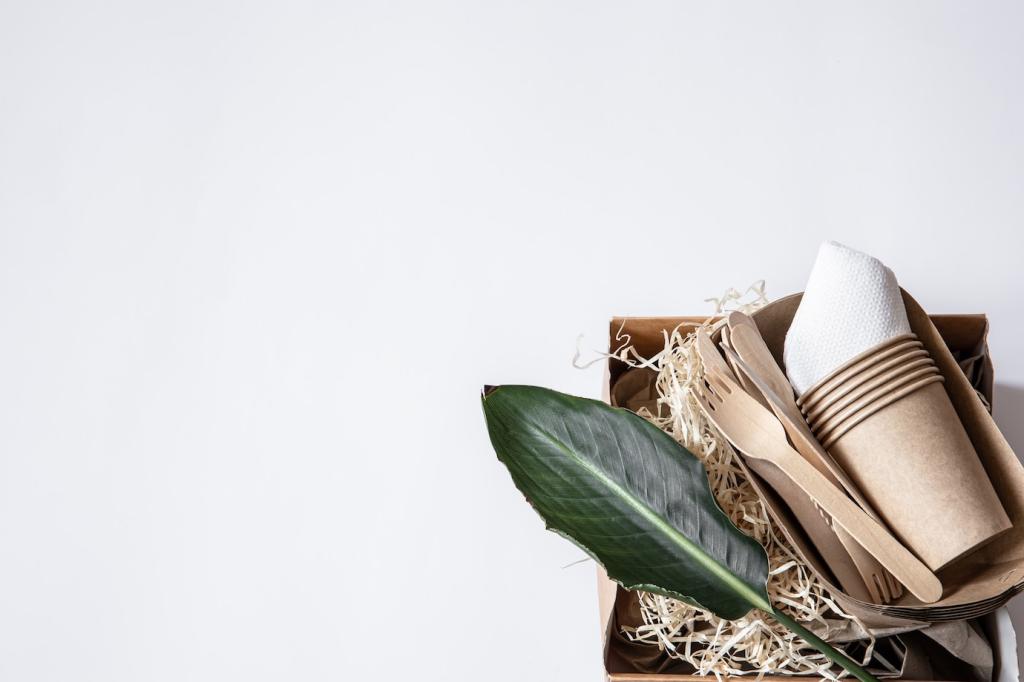
Visible Mending and Sashiko
Instead of hiding wear, celebrate it. Reinforce tears with contrasting patches and sashiko-inspired stitching that adds texture and strength. Use sashiko thread or strong perle cotton, matching stitch length to fabric weight. Each mend becomes a graphic signature that honors the garment’s lived history.

Dyeing, Overdyeing, and Color Rescue
Shift a stained cream blouse to smoky teal with careful overdyeing, or tone down loud prints using color overlays. Always test fiber content and prewash thoroughly. Natural dyes create nuanced palettes; fiber-reactive dyes deliver punchy results. Keep dye journals to replicate successes confidently.
From Idea to Plan: Designing Your Upcycle
Sketching and Mockups
Start with quick sketches to explore silhouettes and seam placements. Translate ideas into muslin mockups or paper drapes to test movement and length. This preview saves precious vintage fabric, minimizing risk while confirming the direction truly suits the garment’s character and your lifestyle.
Measuring Twice, Cutting Once
Record key measurements—shoulder width, back length, sleeve pitch—before the first cut. Transfer notches meticulously and mark grainlines on every piece. Use tailor’s tacks or chalk for accuracy. Time invested here prevents cascading errors that can compromise fit and waste irreplaceable vintage materials.
Sustainability Goals and Material Ledger
Track what you retain, remove, and add. Note fiber content, trims, and offcuts earmarked for future projects. Setting goals—zero new plastic, fully biodegradable threads, or modular design—keeps choices aligned with values. Share your ledger template, and we’ll compile community-ready downloads.
Case Study: The Trench Coat Reinvention
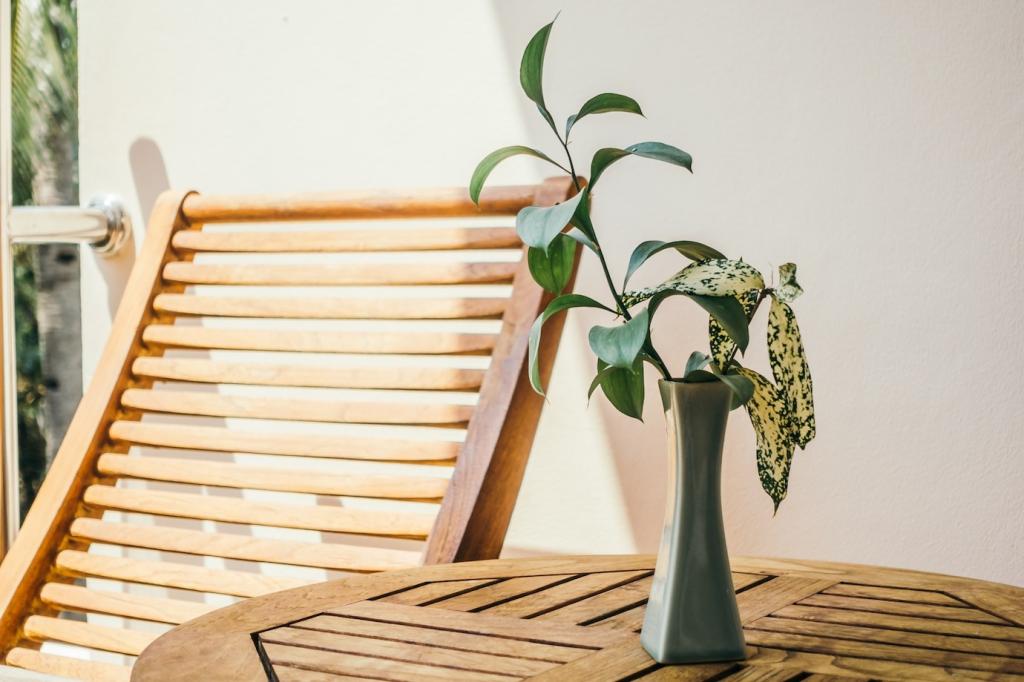
The Before: A Flea-Market Find
I found a sun-faded cotton trench with missing buttons, frayed cuff edges, and a torn lining. The fabric felt sturdy, seams generous, and the storm flap screamed potential. A perfect candidate for color rescue, structural reinforcement, and gentle modernizing without erasing classic trench character.
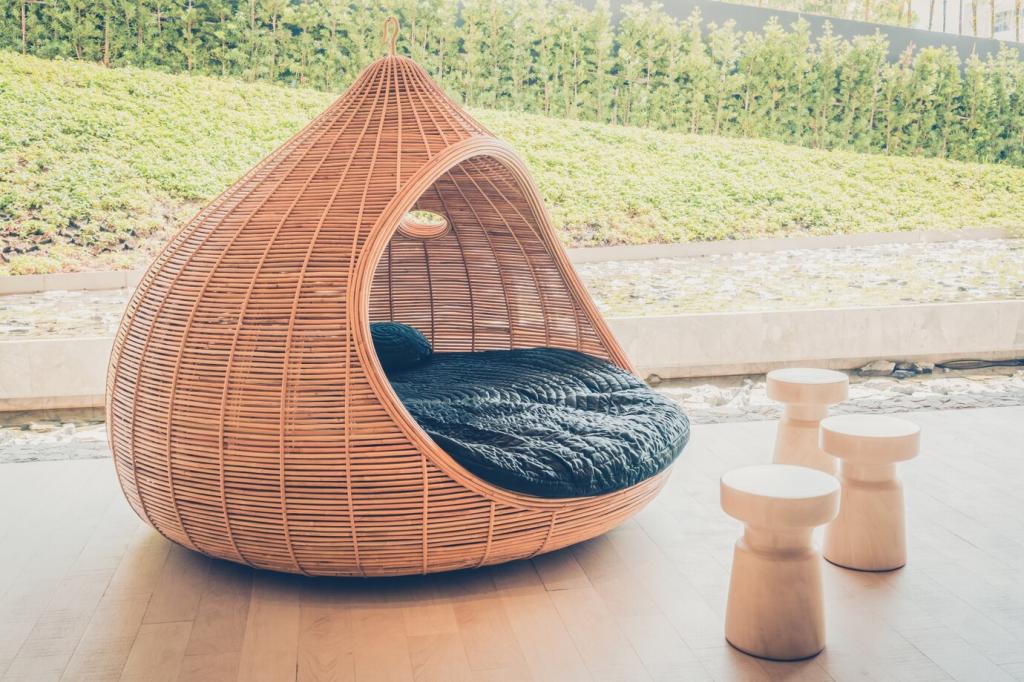
The Process: Modular Panels and New Hardware
I unpicked the lining, documented pieces, and overdyeed the shell to olive-charcoal. Sashiko reinforced elbows; cuffs gained salvaged leather bindings. I swapped plastic buttons for reclaimed horn, moved belt loops for balance, and tailored the back vent. Each change honored function while elevating form.
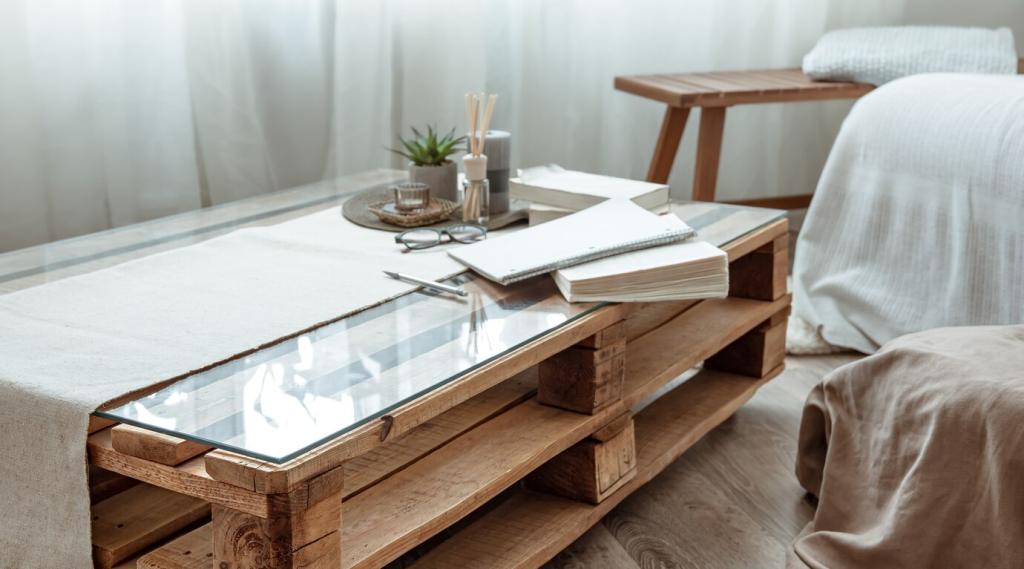
The After: Wear-Test and Lessons
On a rainy commute, the coat moved beautifully and drew curious compliments. The dye unified past stains, reinforced stress points held, and the new buttons added gravitas. Lesson learned: planning grainline on patched panels preserves drape. Share your trench tales so others can iterate smarter.
Hardware, Notions, and Closures
Swap tired zippers and buttons for reclaimed metal, corozo, or horn. Reinforce button areas with interfacing scraps. Add bias-bound seams for comfort and tidy insides. These thoughtful details make vintage transformations feel intentional, comfortable, and durable through repeated wears and washes.
Pressing, Blocking, and Fit
Press every seam with proper heat and a pressing cloth, shaping curves with a tailor’s ham. Light steam blocking relaxes fibers and refines drape. A final fit check ensures hems hang evenly and collars sit flat, transforming craftsmanship from good to exceptional.
Care Labels and Longevity
Create a simple care tag noting fiber content, dye method, and washing guidelines. Future you will thank present you. Gentle laundering, occasional re-pressing, and quick repairs extend life dramatically. Invite readers to share maintenance routines that keep upcycled favorites wearable for years.
Join the Movement: Share, Subscribe, Participate
Tell us what you rescued, which techniques worked, and what you would change next time. Link photos, outline steps, and credit inspirations. Collective knowledge turns individual experiments into a living library for everyone exploring upcycled vintage projects with confidence and creativity.
Join the Movement: Share, Subscribe, Participate
Join our mailing list for concise tutorials, pattern hacks, and downloadable planning sheets tailored to transforming vintage pieces. You’ll receive seasonal prompts, skill-building exercises, and early access to community sew-alongs that keep momentum steady throughout the year.

